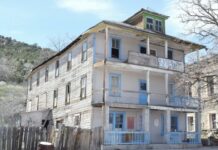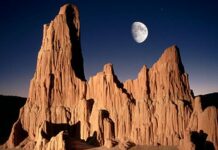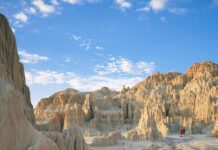Rainbow’s End
In Henry Mancini’s Oscar-winning song “Moon River” from the 1961 movie “Breakfast at Tiffany’s,” is the phrase “rainbow’s end, waitin’ round the bend ….”
A rainbow’s end can be thought of as being in lots of places. In Lincoln County, Rainbow’s End can refer to the little area known as Elgin and the historic one-room school house there.
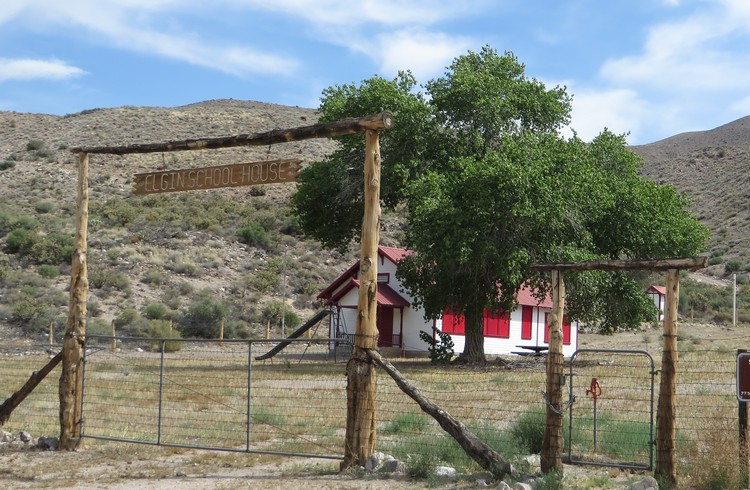
In his book “Through the Rainbow Canyon,” author Walter Averett wrote that the Bradshaw family had developed a fine apple orchard on their ranch there, and it came to have the name “Rainbow’s End.”
The Bradshaws and others who grew apples and other fruits there, including grapes for wines and produce, found a ready market later on at the mining community of Delamar over the mountains west of the rail line, about 18 miles by horse and wagon.
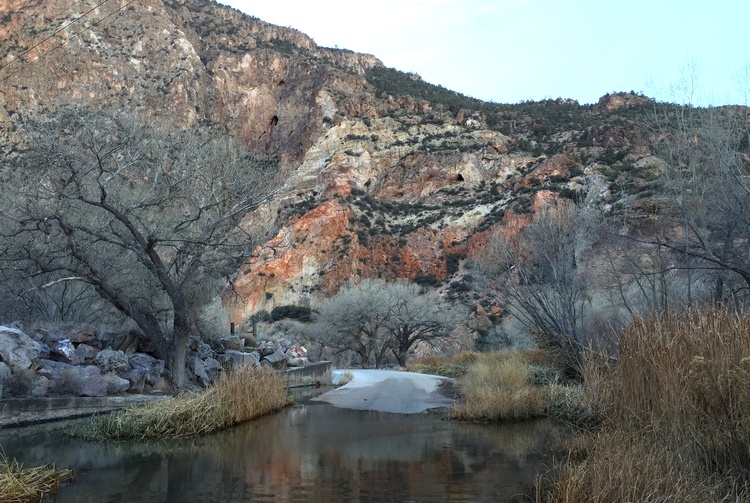
In reality, Rainbow Canyon, which is really State Route 317, does actually end there, or at least the paved part of the road does after a little ways more, but a gravel road continues south toward Leith, and eventually out to U.S. 93 quite close to the entrance to Western Elite.
Averett wrote, “Elgin was as good a place as any to say, ‘This is where it ends.’”
John Bradshaw, according to Averett, brought his family out west from Joplin, Missouri about 1863. But John died of cholera in Cheyenne, Wyoming. His son James W. Bradshaw continued on with the family in 1864, ending up in Lincoln County, Nevada.
Averett doesn’t say if the family’s arrival was before or after Nevada became a state Oct. 31, 1864, but it may have been.
James W. died in 1929. His wife Jane lived until 1948. They had three children that survived to adulthood. Three others are buried in a cemetery in the railroad cut at a curve toward Caliente north from Elgin.
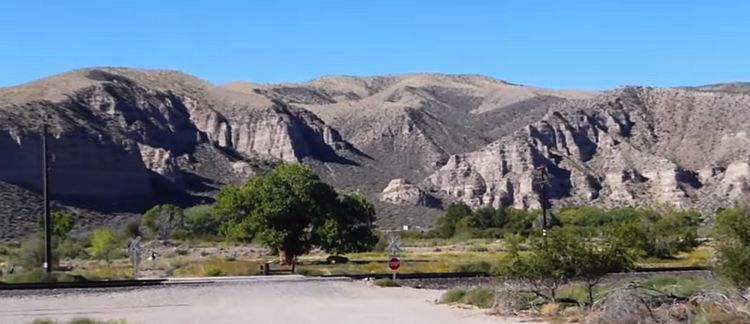
The community was originally started in the mouth of the canyon, a mile or so east of its present location. Most of the town was washed away by a flood in 1910, which also stranded a passenger train there for about a month until repairs to the railroad could be made.
The tracks, sidings and associated buildings were relocated to their present location after the 1910 flood.
The community didn’t have too much, Averett said. There was small store, a railroad depot, several ranch families, and of course, a one-room school, which was built by James W’s son Reuben, in 1921.

“The railroad water tower was south of the crossing (that goes from the road to the school),” Averett notes, “and the pumping plant (a hot-head engine) was beyond it. Next was the depot, with living quarters of the first and second-trick (shift) operators, and a Company row.”
A U.S. Post Office was opened in Elgin, March 3, 1913 and closed Dec. 30, 1966.
The old Elgin school house closed in 1967 and is now a museum and state historical building administered by the Nevada State Parks.
— Dave Maxwell



